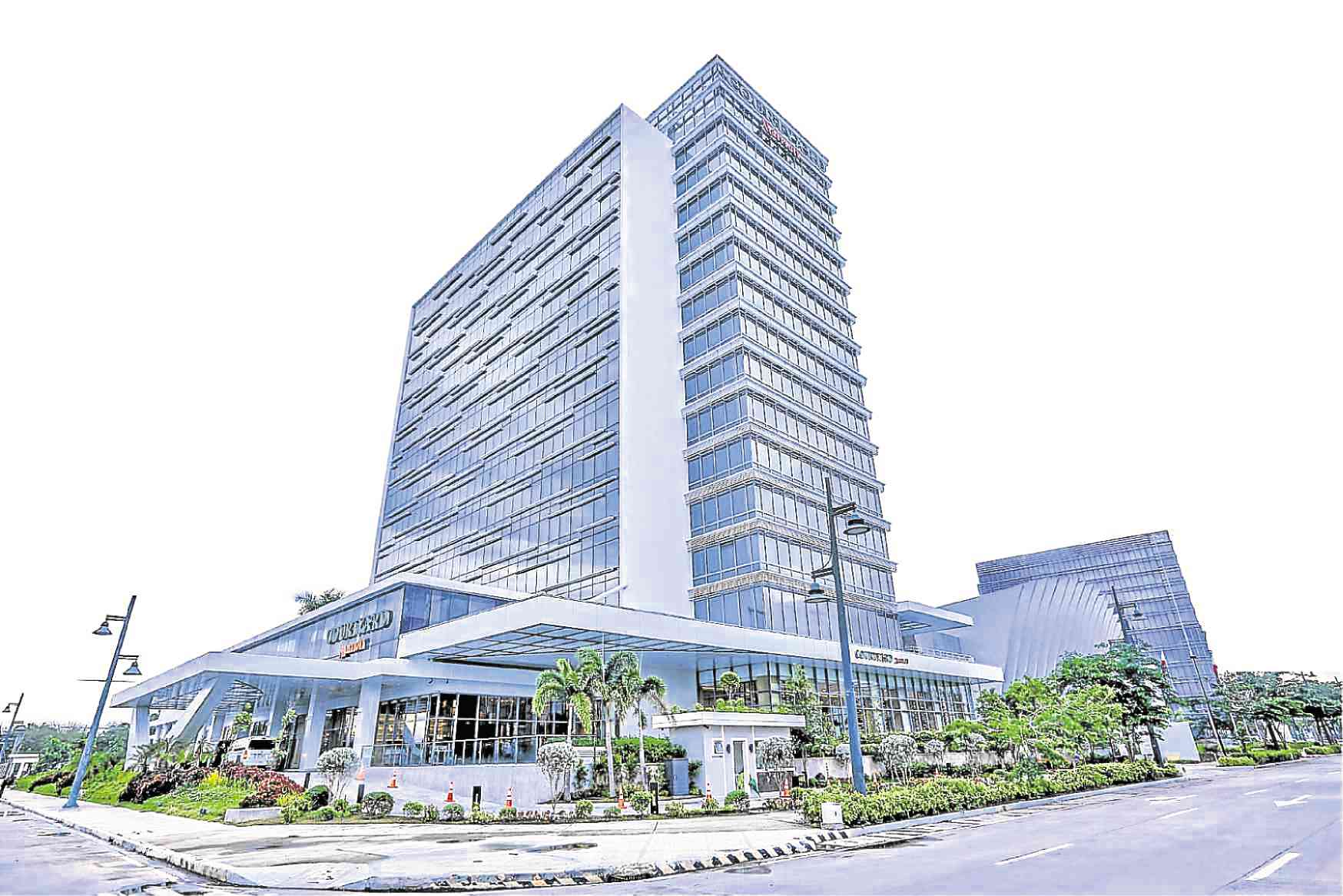An aggressive infrastructure program and the sustained arrivals from major markets may help boost the Philippine travel and tourism industry over the next three years.
While the Philippines may have recorded an increase in tourist arrivals last year, the country still lags behind its counterparts in the region.
Citing data from the Department of Tourism, Colliers International Philippines said foreign tourist arrivals last year hit a record high 7.1 million, exceeding arrivals in 2017, but behind the government’s goal of 7.4 million.
“Manila continues to lag behind its Asian neighbors in terms of tourist arrivals and average daily rates (ADR), but the push to attract more leisure investments by improving infrastructure and implementing sustainability programs should support arrival growth and sustain healthy hotel occupancy and ADR growth from 2019 to 2021,” Colliers Philippines said in a statement on Thursday.
“Colliers encourages developers to establish more homegrown brands; landbank near airports that are due for modernization; explore air service agreement opportunities; and monitor tourism projects implemented by relevant government agencies,” it added.
Stable occupancy
Currently, hotel occupancy in Metro Manila remained stable at 69 percent last year, due to the strong performance of three-star hotels which cater to key source markets such as China and Korea, as well as sustained demand from local tourists.
For this year, Colliers expects occupancy to hit 70 percent as it sees a “subdued completion of new hotel rooms over the next 12 months.”
“We see similar occupancy from 2020 to 2021 as the delivery of new hotel rooms in the country’s capital tapers off coupled with a more aggressive completion of new hotels in nearby urban areas such as Clark. Developers have been aggressive in building new hotels in Clark as they intend to capture any rise in tourist arrivals in light of the scheduled completion of the modernized Clark International Airport,” Colliers said in its latest report.
“Colliers recorded the opening of more than 1,000 new hotel rooms in the second half of 2018. Among the new hotels completed during the period were the 357-room Hilton Manila and the 390-room Sheraton Manila in the Newport Area; and Vista Land’s 130-room Mella hotel in Las Piñas. Okada Manila added 190 rooms during the period bringing the 2018 hotel room completion to 2,700, a record-high in Metro Manila,” Colliers further disclosed.
Aggressive completion
Over the next three years, Colliers sees an aggressive completion of local hotel brands, spread in integrated townships across Metro Manila. Even foreign brands are expecting new project completions over the next 12 to 24 months, including Okura, Mövenpick, Mandarin Oriental, as well as additional rooms from Okada Manila.
Colliers added that it expects annual completion of about 1,800 new units per year from 2019 to 2021. About 40 percent of the 5,500 new hotel rooms due to be completed are classified as three-star.
Implementing measures
Meanwhile, Colliers urged developers to implement several measures to take advantage of the opportunities that may arise, given the government’s P8-trillion infrastructure initiative up to 2022, sustained tourist arrivals, and the roll out of DOT initiated programs.
According to Colliers, developers should consider building more two- and three-star hotels in the fringes of business hubs.
“In our opinion, developers should consider the peripheries of major business hubs as possible locations for budget hotels. The fringes of Makati, Ortigas, as well as northern Quezon City are feasible sites for these hotels. The Makati fringe area has also become a viable location for hostels such as Lub D, which mainly caters to millennial travelers and ‘staycationers’,”Colliers said.
Colliers likewise opined that the success of homegrown hotel brands like Aruga have shown that local hotels can compete with international brands, especially those that cater to the three- and four-star markets.
“Colliers believes that national developers should aggressively explore the possibility of launching their own hotel brands in destinations around the country to capture the thriving foreign and domestic travel markets,” it added.
Developers should likewise position their hotels near airports up for modernization.
“In our opinion, developers should start acquiring parcels of land near the regional airports that are up for modernization. SM and Filinvest have been active in expanding their hotel portfolio in Clark in anticipation of the full modernization of the international airport in 2020 as well as the staging of the Southeast Asian (SEA) games in December 2019,” it said.
It cited as an example the 260-room Marriott Hotel in Clark which opened in September 2018. It also urged developers to expand their meetings, incentives, conferences and exhibitions (MICE) facilities in Clark as it is becoming a preferred destination for international events and conferences.
Colliers also said it is crucial for developers to monitor air service agreements between governments and airlines.
